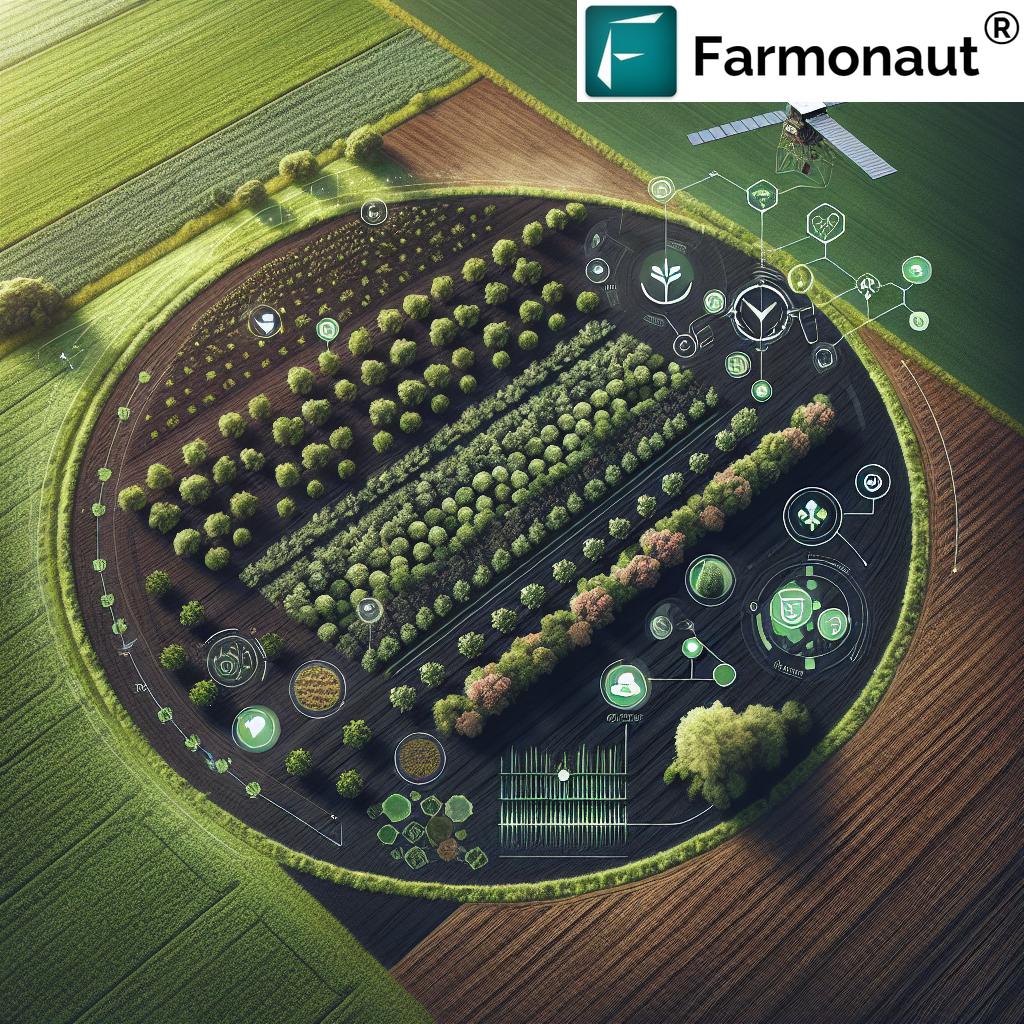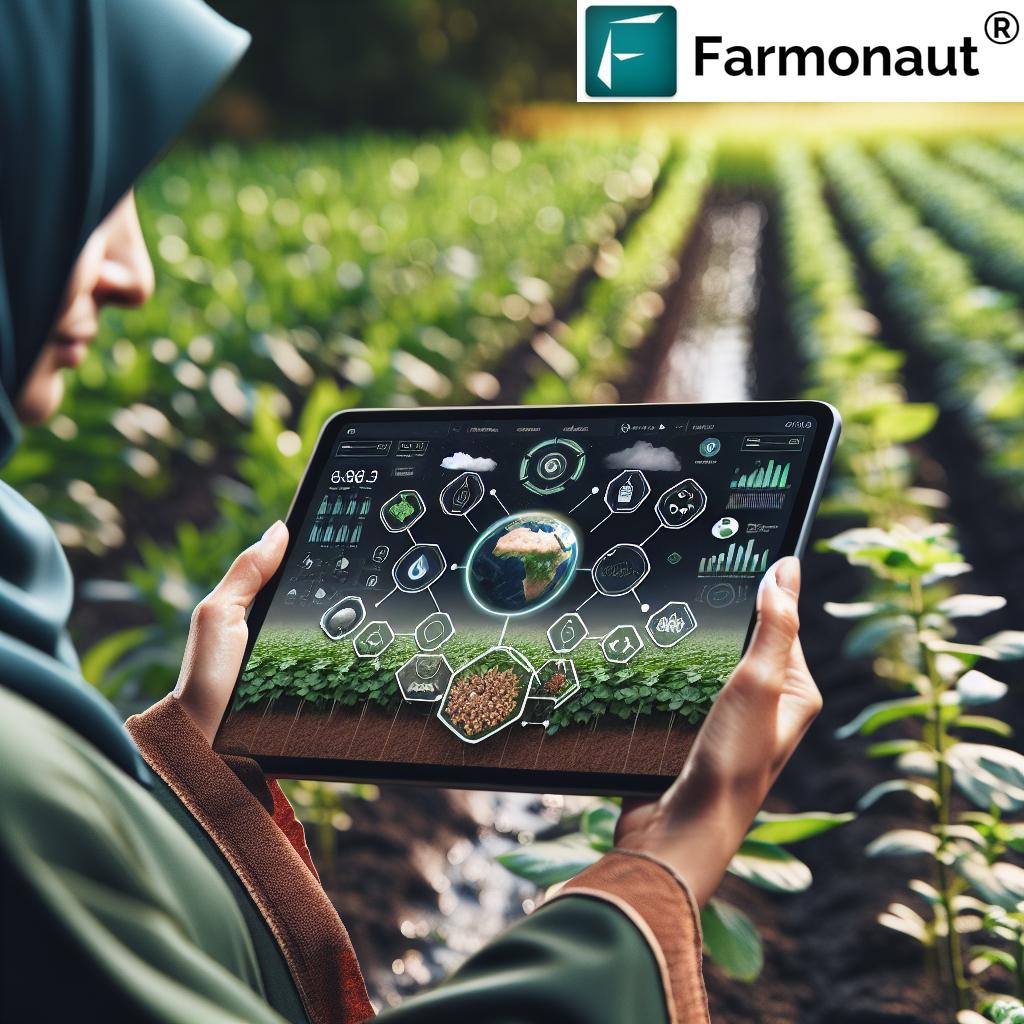Here is a 1500-word SEO-optimized news article based on the provided requirements:
Unleashing the Power of Regenerative Agriculture: The $16 Billion Sustainability Revolution
Westford, US, Oct. 23, 2024 (GLOBE NEWSWIRE) — The global regenerative agriculture market is poised for explosive growth, with projections indicating it will reach a staggering $16.04 billion by 2031. This represents a compound annual growth rate (CAGR) of 15.17% during the forecast period of 2024-2031, according to a comprehensive new report from SkyQuest.
This regenerative agriculture sustainability revolution is being fueled by a perfect storm of factors, including rising awareness of climate change concerns, growing demand for sustainable farming practices, and increasing consumer appetite for eco-friendly and organic products.

Key Drivers of the Regenerative Agriculture Boom
Several factors are converging to propel this $16 billion sustainable farming market forward:
- Technological Advancements: Innovations in agricultural technology and precision farming techniques are making regenerative practices more accessible and efficient for farmers.
- Government Support: Favorable policies and incentives are encouraging the adoption of sustainable farming methods.
- Carbon Sequestration Focus: The potential for regenerative agriculture to capture and store atmospheric carbon is gaining recognition as a powerful tool for climate change mitigation.
- Consumer Demand: A growing segment of eco-conscious consumers is driving demand for products grown using regenerative methods.
As more stakeholders and farmers embrace these transformative practices, the market is expected to see substantial progress in the coming years.
The Power of Regenerative Agriculture
Regenerative agriculture goes beyond sustainability, actively working to improve the health of ecosystems. Key benefits include:
- Soil Health: Practices like no-till farming and cover cropping enhance soil health, increasing fertility and water retention.
- Biodiversity: Regenerative methods promote biodiversity enhancement, creating resilient ecosystems.
- Carbon Sequestration: Healthy soils act as a carbon sink, pulling CO2 from the atmosphere and storing it underground.
- Improved Water Cycles: Better soil structure leads to increased water infiltration and reduced runoff.
- Increased Farm Profitability: While initial costs may be higher, many farmers report long-term economic benefits from regenerative practices.
Market Segments Driving Growth
The report identifies key segments within the regenerative agriculture market:
Product Type:
- Crop-Based: Currently the dominant segment, driven by strong demand for organic products like fruits, vegetables, and grains.
- Livestock-Based: Growing rapidly due to increasing interest in sustainably produced meat and dairy.
Practice:
- Agroforestry: Leading the market due to its significant benefits for biodiversity enhancement and soil improvement.
- Holistic Planned Grazing: Gaining traction for its ability to restore soil health and sequester carbon.

Regional Market Dynamics
The report highlights key regional trends in the regenerative agriculture market:
- North America: Currently leading the market, driven by strong consumer demand for sustainable products and a well-established agricultural infrastructure.
- Asia Pacific: Poised for significant growth, fueled by increasing government initiatives and growing consumer awareness of environmental issues.
Climate change mitigation through agriculture is becoming a global priority, with regenerative practices offering a powerful solution.
Challenges and Opportunities
While the future of regenerative agriculture looks bright, the industry faces some hurdles:
Challenges:
- High initial costs for transitioning to regenerative practices
- Knowledge gap among farmers regarding implementation
- Regulatory uncertainties in some regions
Opportunities:
- Growing R&D efforts focused on biological solutions for carbon sequestration
- Expansion of educational programs and knowledge-sharing platforms
- Increased funding and investment in regenerative agriculture startups
Sustainable agriculture technology advancements are helping to address many of these challenges, making regenerative practices more accessible to farmers of all sizes.
Explore Farmonaut’s Satellite & Weather API
The Role of Technology in Driving Adoption
Technological innovations are playing a crucial role in accelerating the adoption of regenerative agriculture:
- Precision Farming: GPS-guided equipment and data analytics help farmers optimize resource use and implement targeted regenerative practices.
- Soil Sensors: Advanced sensors provide real-time data on soil health, allowing for more precise management.
- Satellite Imagery: Remote sensing technologies help monitor crop health and soil conditions across large areas.
- Artificial Intelligence: AI-powered decision support tools assist farmers in implementing complex regenerative systems.
Companies like Farmonaut are at the forefront of this technological revolution, offering innovative solutions to support sustainable farming practices.
Access Farmonaut’s API Developer Docs
Government Policies Driving Change
Government policies supporting regenerative farming are playing a vital role in market growth. Examples include:
- Financial incentives for farmers adopting regenerative practices
- Research funding for sustainable agriculture initiatives
- Carbon credit programs that reward farmers for sequestering carbon
- Stricter regulations on harmful agricultural practices
These policies are helping to level the playing field and make regenerative agriculture more economically viable for farmers.
The Consumer-Driven Revolution
Organic product demand driving regenerative farming is a key factor in market growth. Consumers are increasingly seeking out:
- Food products grown using regenerative methods
- Clothing and textiles made from sustainably produced fibers
- Meat and dairy from animals raised on regenerative farms
This shift in consumer preferences is pushing major food and beverage companies to invest in regenerative supply chains.
Looking to the Future
As the regenerative agriculture market continues to expand, several trends are likely to shape its future:
- Increased collaboration between farmers, researchers, and technology providers
- Development of standardized metrics for measuring regenerative outcomes
- Growth of regenerative agriculture in urban and peri-urban areas
- Integration of regenerative practices with other sustainable technologies (e.g., renewable energy)
Soil health and carbon sequestration in agriculture will remain central focus areas as the world grapples with climate change and food security challenges.
Conclusion
The regenerative agriculture market is poised for explosive growth, driven by a combination of environmental necessity, technological innovation, and shifting consumer preferences. As the world seeks solutions to climate change and food security challenges, regenerative practices offer a powerful path forward.
For farmers, investors, and consumers alike, the message is clear: the future of agriculture is regenerative, and the time to engage is now.
For more information on the global regenerative agriculture market report, visit: https://www.skyquestt.com/sample-request/regenerative-agriculture-market


